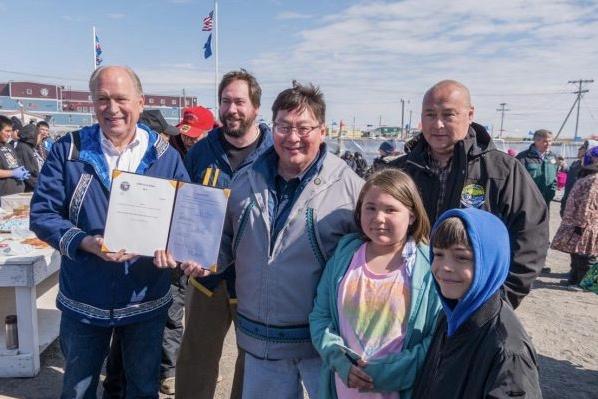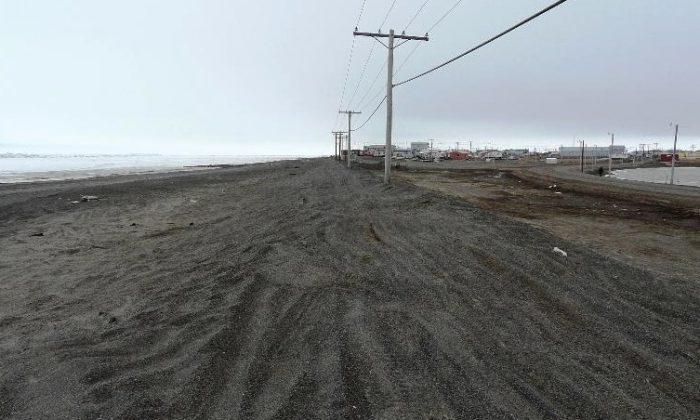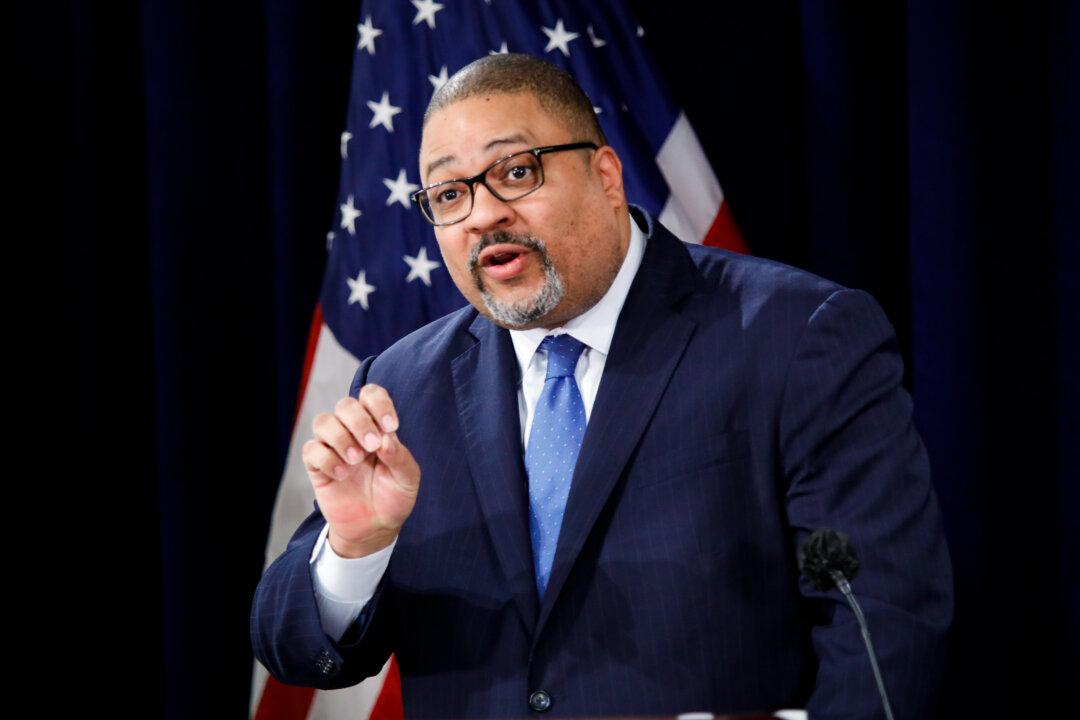Residents of America’s northernmost town will not see sunshine for another 60 days as of Friday, Nov. 23, gripped since last Sunday’s final sunset in the throes of a long “polar night.”
The people of Utqiagvik, Alaska, saw their last sunrise of the year at 12:40 p.m. local time on Sunday, with the short day drawing to a close about an hour later, with a 1:44 p.m. sunset.
But the experience of polar night in areas north of the Arctic Circle, like Utqiagvik, does not mean residents are cast into jet-black darkness. These regions will enjoy something called “civil twilight” for between three and six hours a day, and during these windows there is enough light seeping in over the horizon for objects to be visible.
In the heart of the polar night just before Christmas, there will be enough light to see by for about three hours of the day.
The opposite effect takes place during the summer in areas north of the Arctic Circle, where for about two months, the sun doesn’t set.
The people of Utqiagvik will be sunset-free for over 80 days in 2019, with the last sunrise expected to occur on May 12 at 2:34 a.m. AKDT until a sunset occurs again on Aug. 2 at 2:08 a.m. AKDT.
Indigenous Peoples Day
Utqiagvik made headlines last year as the place where Alaska’s Gov. Bill Walker signed legislation on June 24, 2017, recognizing Indigenous Peoples Day in the state, which falls on the second Monday of October.
Walker, who spoke to Alaska Public Media reporters in Utqiagvik on the day of the signing, said, “This official recognition is just one way we as a state can acknowledge and celebrate the contributions made by First Peoples throughout the history of this land.”
The signing was held during Utqiagvik’s annual Nalukataq whaling festival.
“They take the whales; they’ve been fermenting them, they, you know, obviously they harvested them back in April, and this is where they divvy up the whale parts to literally the entire community,” said former Rep. Zach Fansler.
Fansler said the festival was an Inupiaq tradition where much of the town comes out to celebrate a successful whale hunt.
Bowhead whale hunting continues to be an important part of the Inupiaq culture, both for the food it provides, and for the sense of community.
Alaska Standard Time is four hours behind Eastern Standard Time (EST).





